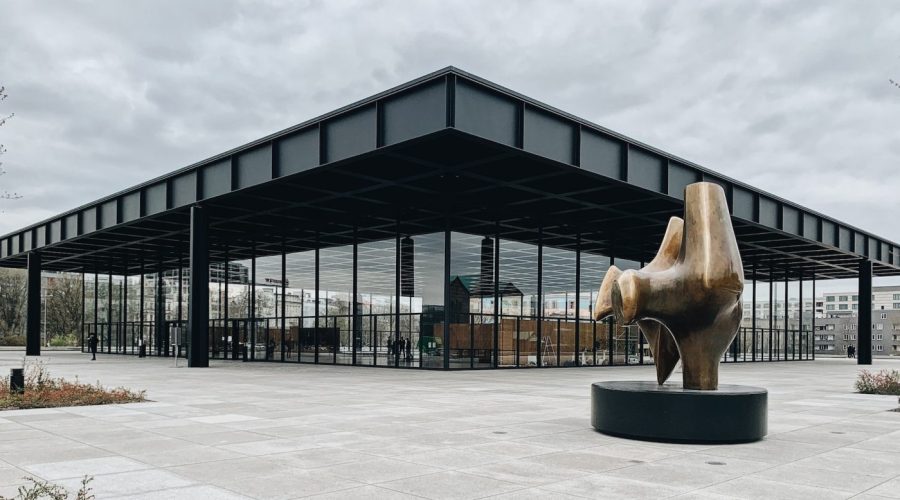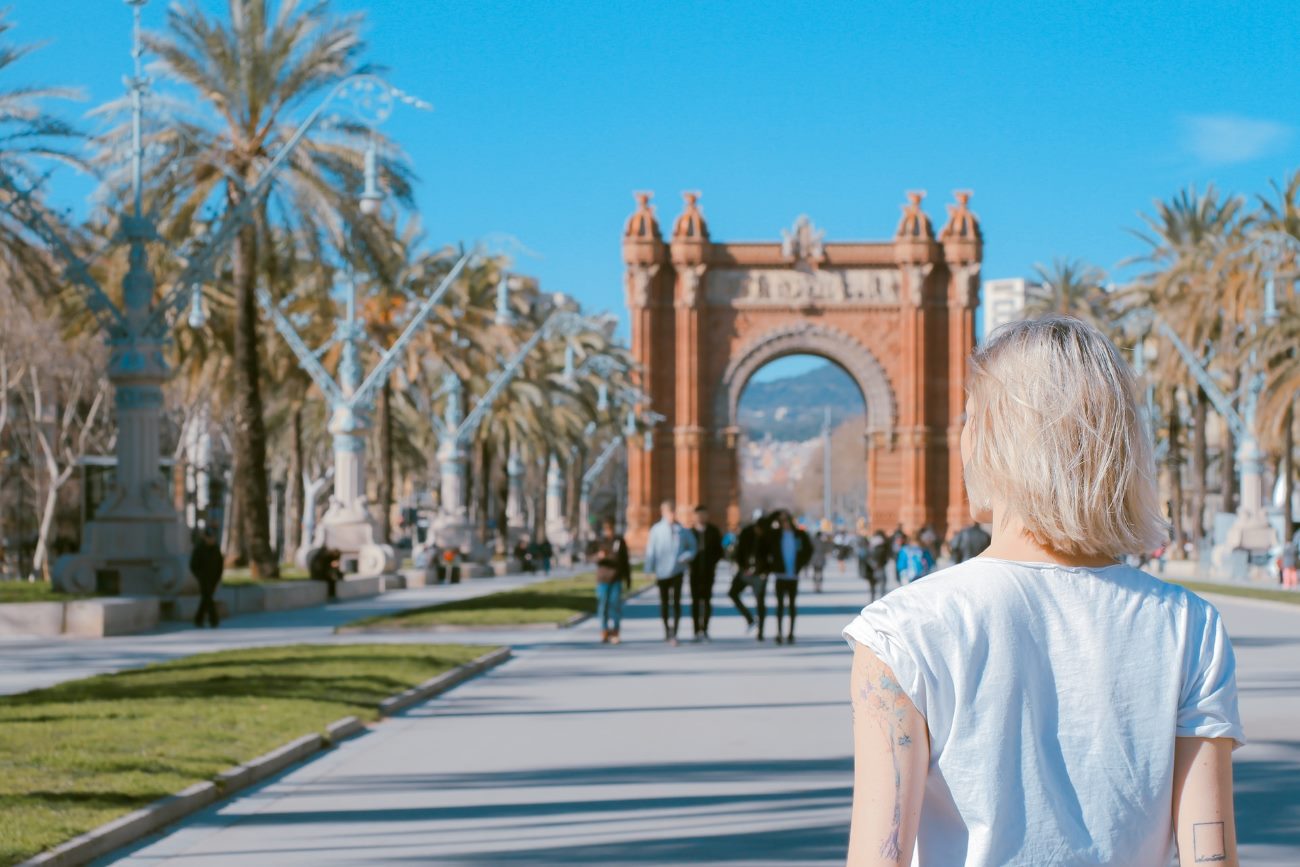Why is Brandenburg Gate in Berlin, Germany an Iconic Landmark?
Brandenburg Gate is out of question when it comes to German and world’s most iconic landmarks. This historical monument has borne testimony to centuries of history and has become an image both of Berlin, as well as Germany in general.
The History Behind Brandenburg Gate
Brandenburg Gate or in German “Brandenburger Tor” was constructed between 1788 and 1791 as a triumphal arch to celebrate the commencement of boulevard Unter den Linden. The neoclassical architecture of which was very much based on the Acropolis in Athens, its neoclassical architecture was developed by Carl Gotthard Langhans.
Brandenburg Gate has been the epicenter to many major happenings in its history. It has managed through the chaos of World War II and then became a major part of division during cold war as it stood in the “no mans land” between East and West Berlin.
Important Features of Brandenburg Gate
Let’s see up close what makes Brandenburg Gate a truly outstanding landmark:
- Design: The gate is made up of 12 Doric columns that mark five passageways that have above them a quadriga. The quadriga boast the goddess of victory, Victoria, and signifies peace and triumph.
- Location: Albeit in the middle of Berlin, the Brandenburg Gate is situated at the western terminus of Unter den Linden, one of the city’s most famous avenues.
- Symbols: The gate was a symbol of when the city was reunited, following the fall of the Berlin Wall in 1989 and described unity and peace. It also a reflection of the German people’s resilience and hammering back against all odds.
Brandenburg Gate Today
Nowaday Brandenburg Gate is not only an iconic landmark, it is a place to meet for residents and tourists. It is a favorite place for cultural events, celebrations and political demonstrations.
On the other side of the Brandenburg Gate you will find some other important places such as the Reichstag building, German Parliament and Memorial to the Murdered Jews of Europe.
Exploring Brandenburg Gate and Surroundings
There are some things you should know while visiting Brandenburg Gate:
- Take a Stroll: The walking through the gate is a MUST do so that you can be close up on a grandiose structure.
- Photo Opportunities: Brandenburg Gate makes a great background for good photos, so be sure to take your camera.
- Visit at Night: The gate is very nicely lightened at night, thus creating a stunning sight especially if the Brandenburg Gate Quadriga lights in the dark.
- Experience Cultural Events: Find out if there are any concerts, parade, or festivals around and within the gate for your visit.
Important Facts to be Aware of before Visiting.
Here are some points that you should remember if it’s your Brandenburg Gate trip plan:
- Opening Hours: Brandenburg Gate is open to visitors at all times. Nevertheless, if you are thinking of a guided tour, it follows that you should inquire about the operating hours of any tour operators you intend to employ.
- Admission: Entrance to Brandenburg Gate and taking pictures around it is free of charge. However, there are some guided tours or nearby places of interest that will demand that you obtain tickets.
- Crowds: Because it is popular, Brandenburg Gate can become crowded especially during season of tourist. It is recommended that one catches the morning or weekdays to avoid BIG crowds.
- Accessibility: There is wheel chair accessibility around the Brandenburg Gate, enabling anyone to access the site to enjoy this historical landmark.
In Conclusion
Brandenburg Gate is more than a triumphal arch; it’s a symbol of Germany’s past, togetherness and strength. Touring this iconic landmark not only affords the chance to view the architectural splendor of this landmark but also affords the opportunity to understand the wealth of the nation’s past.
Do not forget to spend time, tour around the neighborhood, and feel the excitement surrounding you as it reverberates in Brandenburg Gate, as well as its historical neigborhood. Live your memories and treasure this fantastic symbol.
Table of Contents



